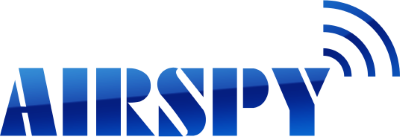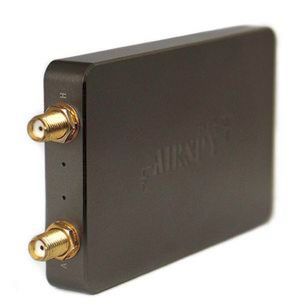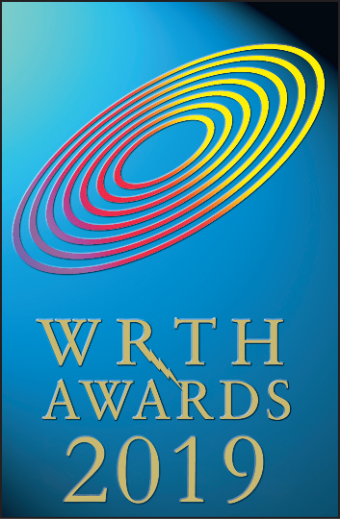Make HF Great Again!
The Software Defined Radio revolution brought great flexibility in VHF and UHF reception. Today we offer the best wide band receivers which address these needs. We also provide a high performance extension for weak-signal wide band reception on HF – something other competing solutions fail to address efficiently.
Airspy HF+ is a paradigm shift in high performance HF radio design. It is a joint effort between Airspy, and ST Microelectronics to build a state of the art SDR for HF and FM bands.
Like most high-end HF receivers, the HF+ uses very high dynamic range ADC’s and front-ends. But unlike the current offerings in the market, it also brings more frequency agility by using high performance passive mixers with an excellent polyphase harmonic rejection structure. With its best in class strong signal handling capability, the HF+ is the ideal companion for light portable high performance operation.
Both the architecture and level of integration achieved in this design allow us to bring top performance reception at a very affordable price.
All the major SDR software is supported. Check the download page.
The Airspy HF+ is ultimate solution to Make HF Great Again!
In 2019, the Airspy HF+ Dual Port won the Prestigious WRTH Award in front of a fierce competition of highly refined communication receivers and other SDRs.
We have been able to improve over the performance of the original Airspy HF+ by redesigning the front-end and the associated DSP processing. Check the Airspy HF+ Discovery!
We understood the problem, and we found the Ultimate Solution!
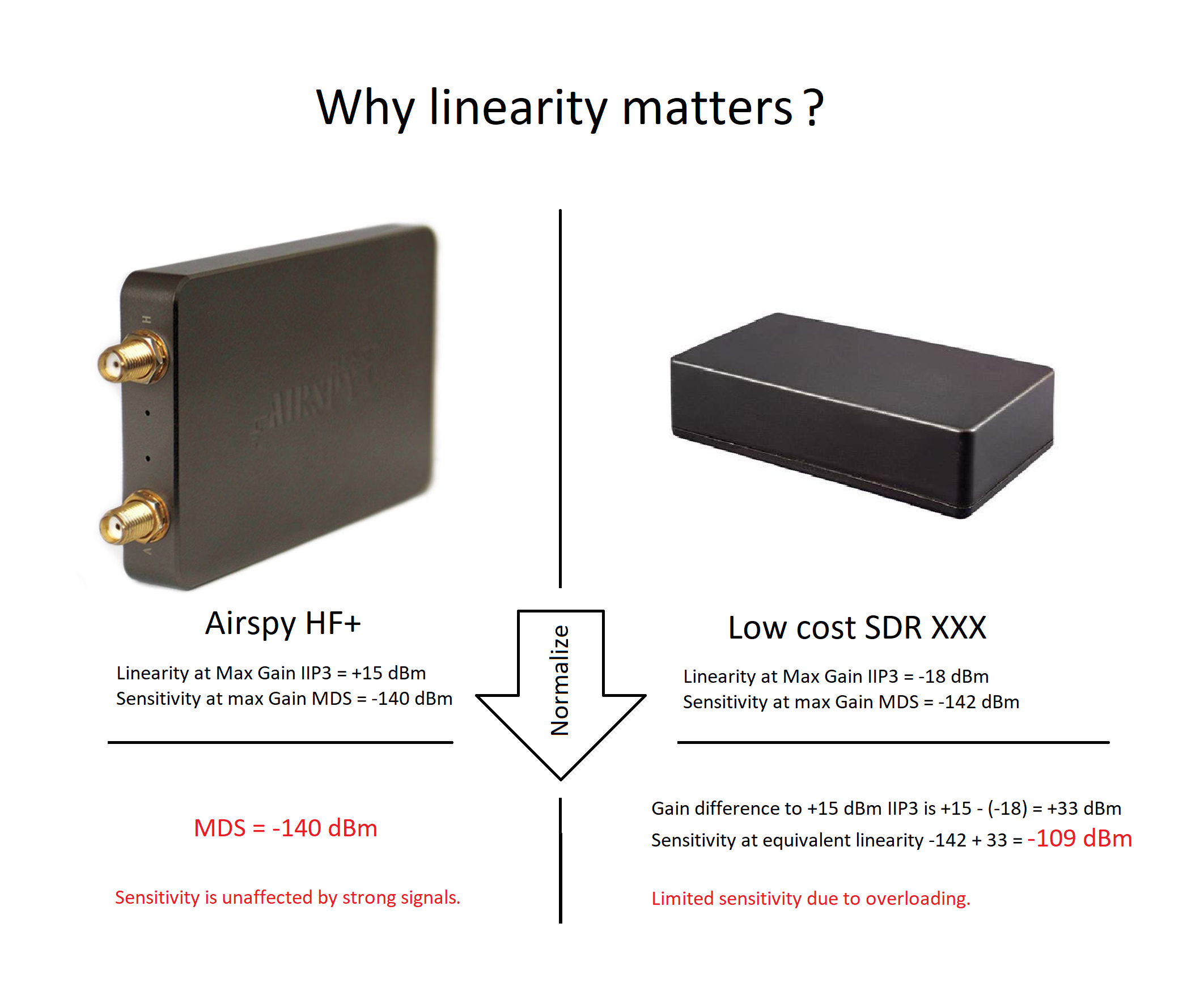
Unrivalled Noise Reduction Processing
We spent a lot of time understanding RF noise, its structure, and how it interacts with legitimate signals. Today, we have one of the most flexible and acoustically pleasant noise reduction algorithms of the market. The applications range from high-fidelity hiss removal for Broadcast FM signals, to unburying weak SSB signals from the noise floor. Our algorithm doesn’t kill the highs to give you a false impression of loudness, yet it doesn’t have the typical high tone artifacts that plague popular noise reduction algorithms like LMS and Spectral Subtraction.
Here’s a very weak SSB signal in the 40m band, with and without our Digital Noise Reduction. Check by yourself!
Another recording in the 80m during a pileup:
Audio signal without processing:
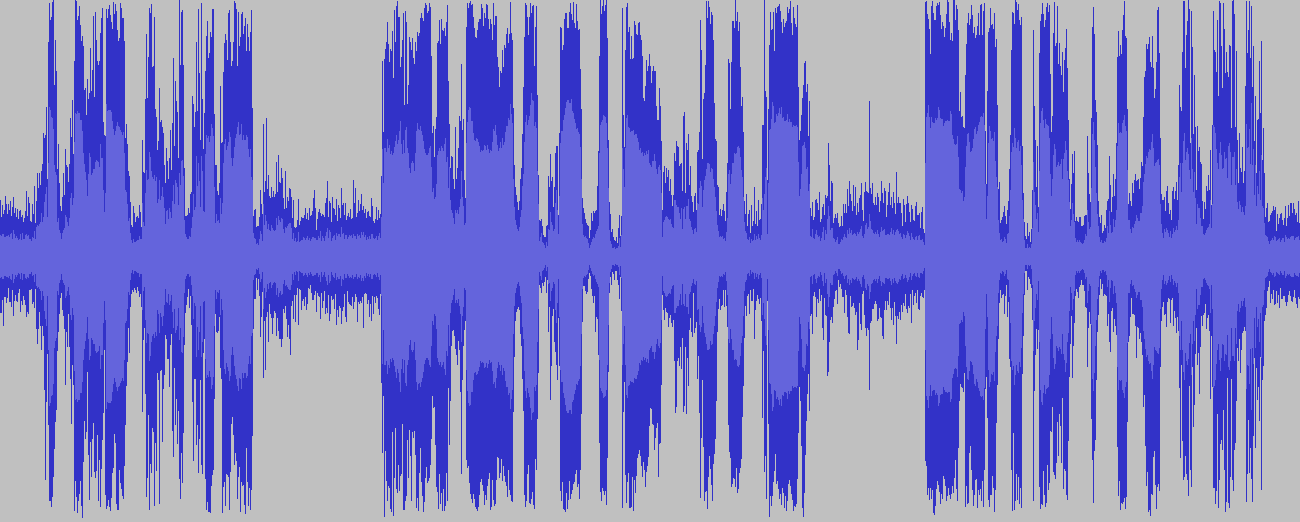
Audio signal with our Digital Noise Reduction processing:
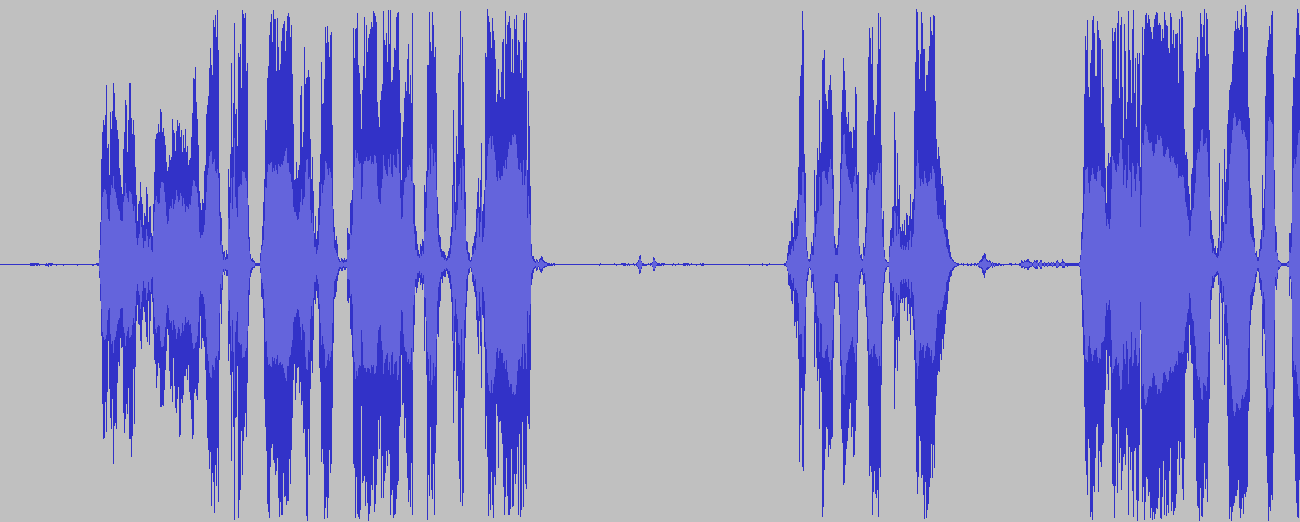
State of the Art SDR streaming technology!
We concentrated state of the art DSP and networking techniques into our SpyServer software to allow multiple users to stream high quality IQ data from the same receiver at the same time. No compromises in the quality were made like it is usually done in Web SDR interfaces. You get actual IQ data you can process with your plugins and extract the last bit of information out of it.
The server software is highly scalable and can run on computers as small as the $7 Orange Pi Zero to top end 64bit servers with multiple cores/cpus, including the popular Raspberry Pi series.
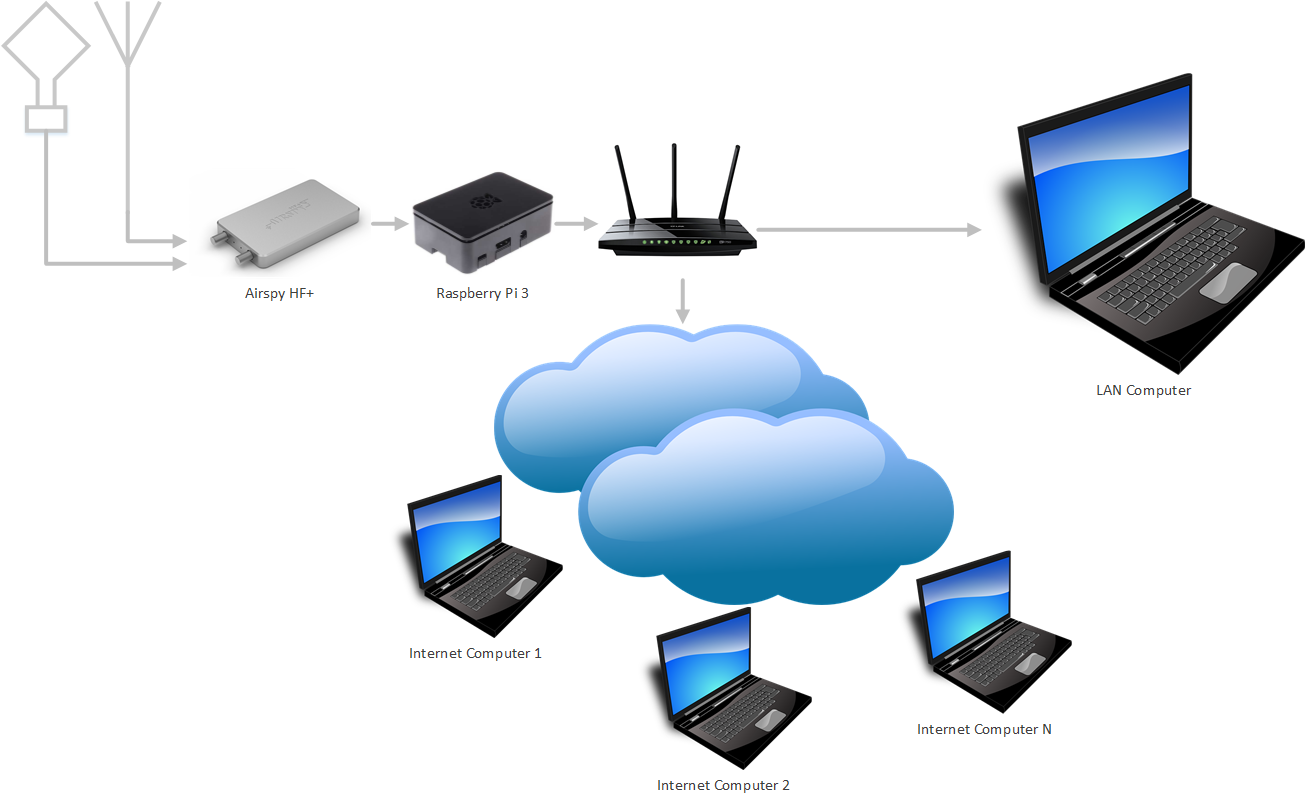
New Architecture Concept
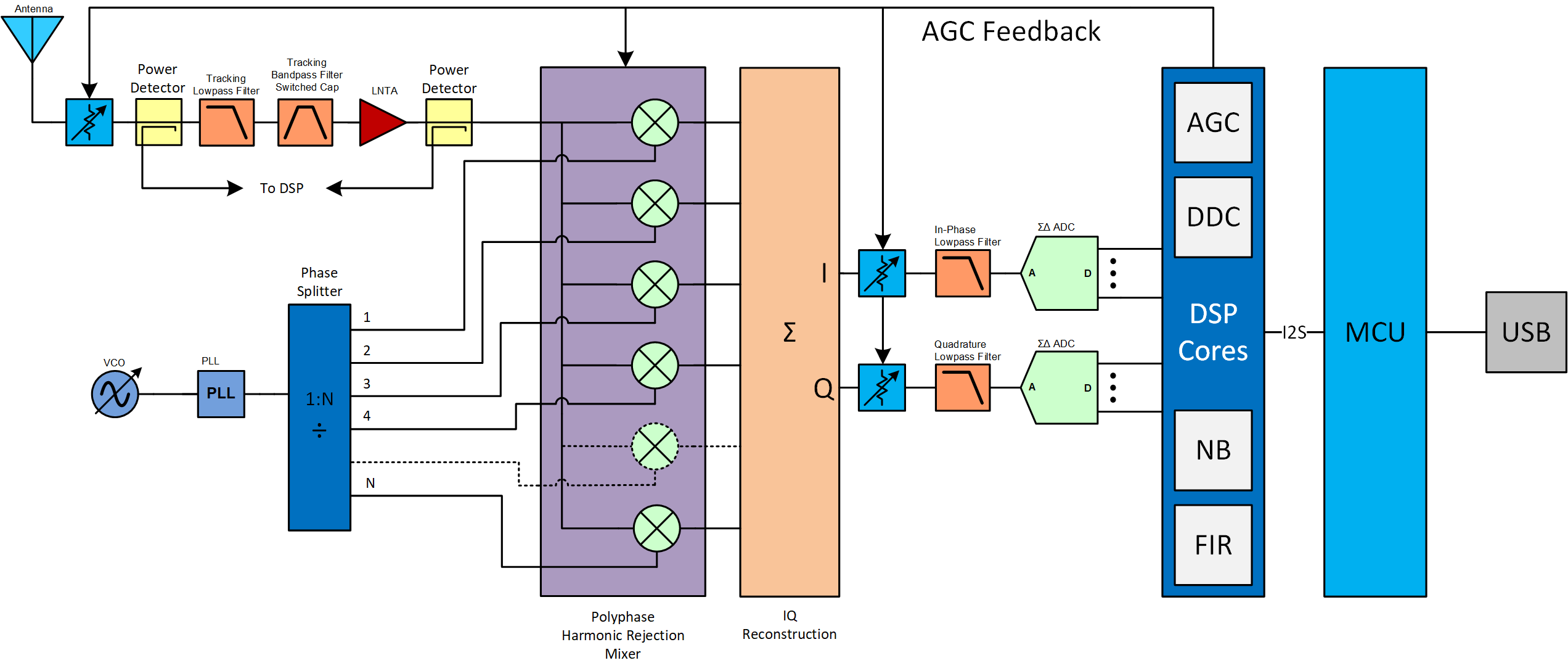
HF Tuner
Airspy HF+ achieves excellent HF performance by means of a low-loss preselection filter, high linearity LNA, high linearity tunable RF filter, a polyphase harmonic rejection (HR) mixer that rejects up to the 21st harmonic and multi-stage analog and digital IF filtering.
The 6 dB-stepped AGC gain is fully controlled by the software running in the DSP which optimizes the gain distribution in real time for optimal sensitivity and linearity. Harmonic rejection is a key issue in wide band HF receivers because of the large input signal bandwidth of the input signal. The output of the IF-filter is then digitalized by a high dynamic range sigma delta IF ADC for further signal processing in the digital domain.
VHF Tuners
Excellent FM performance is also achieved by using optimized signal paths composed of band filters, high linearity LNAs with a stepped AGC, a polyphase harmonic rejection mixer and IF filters optimized for the FM broadcast bands.
The amplifier gain is switchable in 3 dB-steps and fully controlled by the AGC running in the DSP. The RF signal is converted to baseband by a high linearity passive mixer with a polyphase harmonic rejection structure. The low-IF signal is then converted into the digital domain by the same IF ADC used in the HF chain.
Extended VHF coverage is assured by a second Band-III tuner up to 260 MHz, but with reduced performance.
IF Sampling
The IF analog to digital converter (ADC) is a 4th order multi-bit noise shaping topology; it features very high dynamic range and linearity. The IF-ADC sampling rate is determined by a control algorithm running in the embedded DSP. This advanced technique adjusts the sampling rate depending on the tuning frequency with the goal of avoiding the disturbances and spurs generated by the switching discrete-time sections of the IF-ADC.
Digital Down Converter
Once the IF signal is digitalized, the high sample rate I/Q stream is then frequency translated and processed with cascaded CIC and FIR decimation stages. After every stage, the sample rate is reduced and the resolution increased. The final signal at the output has 18bit resolution and an alias rejection performance of 108 dBc. The data is then scaled to 16bit and sent to the Micro-Controller for streaming over USB.
Architectural Advantages
The main advantages over techniques from the legacy super-heterodynes up to the now mainstream direct sampling is that the whole receiver chain is well protected against out of band blockers while still relaxing the RF filtering constraints, making it simple and cost effective.
The natural filtering of the sigma-delta ADC combined with the excellent linearity and sensitivity of the analog chain reaches an unprecedented level of performance and integration.
Use it over the network!
Connect as many SDR applications as needed to the HF+, over the Internet or in your own local network with near zero latency thanks to the new SPY Server software.
This setup basically brings all the flexibility of Web based SDRs while still benefiting from the full power of desktop applications. The IQ data is processed in the server with state of the art DSP and only the required chunk of spectrum is sent over the network. What is sent is the actual IQ signal, not compressed audio. This means you can use all your favorite plugins to process the IF, eliminate noise and perform heavy lifting of the signals as you are used to do with locally connected SDR’s.
We have a tradition of building multi-tools, so we made sure the SPY Server runs on 32/64bit Windows and Linux on Intel and ARM processors without any compromises. Low cost Raspberry Pi 3 and Odroid boards are in the party.
Technical specifications
- HF coverage between 9 kHz .. 31 MHz
- VHF coverage between 64 .. 260 MHz
- -140.0 dBm (0.02 µV / 50 ohms at 15MHz) MDS Typ. at 500Hz bandwidth in HF
- -141.5 dBm MDS Typ. at 500 Hz bandwidth in FM Broadcast Band (60 – 108 MHz)
- -142.5 dBm MDS Typ. at 500 Hz bandwidth in VHF Aviation Band (118 – 136 MHz)
- -140.5 dBm MDS Typ. at 500 Hz bandwidth in VHF Commercial Band (136 – 174 MHz)
- -140.0 dBm MDS Typ. at 500 Hz bandwidth in the upper VHF Band (> 174 MHz)
- +15 dBm IIP3 on HF at maximum gain
- +13 dBm IIP3 on VHF at maximum gain
- 110 dB blocking dynamic range (BDR) in HF
- 95 dB blocking dynamic range (BDR) in VHF
- 150+ dB combined selectivity (hardware + software)
- 120 dB Image Rejection (software)
- Up to 660 kHz alias and image free output for 768 ksps IQ
- 18 bit Embedded Digital Down Converter (DDC)
- 22 bit Resolution at 3 kHz channel using State of the Art DDC (SDR# and SDR-Console)
- +10 dBm Maximum RF input
- 0.5 ppm high precision, low phase noise clock
- 1 PPB frequency adjustment capability
- Very low phase noise PLL (-110 dBc/Hz @ 1kHz separation @ 100 MHz)
- Best Noise reduction of the market using state of the art algorithms
- 2 x High Dynamic Range Sigma Delta ADCs @ up to 36 MSPS
- No Silicon RF switch to introduce IMD in the HF path
- Routable RF inputs with simple modification
- Wide Band RF filter bank
- Tracking RF filters
- Sharp IF filters with 0.1 dB ripple
- Smart AGC with real time optimization of the gain distribution
- All RF inputs are matched to 50 ohms
- 4 x Programmable GPIO’s
- No drivers required! 100% Plug-and-play on Windows Vista, Seven, 8, 8.1 and 10
- Industrial Operating Temperature: -45°C to 85°C
- Small Form Factor: 55 x 90 x 12 mm
Typical Applications
- High Performance Networked HF/VHF Radio
- Ham Radio (HF + 2m)
- Short Wave Listening (SWL)
- AM DX
- FM DX
- VHF-L TV DX
- Remote Telemetry Radio Receiver
- Low Bands IoT
Product Limitation
- While the in-band performance of the Band-III tuner is excellent, it will require some filtering for very strong out of band signals at multiples of the tuned frequency.
- An RF isolator is required when using long wire antennas with a PC with moderate EMI protection.
Supported Software
- The gold standard SDR#
- The ultimate Narrowband Signals Analysis and Decoding Suite Krypto500
- The ultimate Wideband Signals Analysis and Decoding Suite Krypto1000
- The other excellent SDR suite, SDR-Console
- The Suiss-army SDR knife for Linux and Mac, GQRX
- Network server for use with SdrDx for Mac, AirspyHF+ Mac Server
- All ExtIO based software (HDSDR, Studio1, etc.) via ExtIO by Hayati Ayguen
- All ExtIO based software (HDSDR, Studio1, etc.) via ExtIO by Andrea Montefusco
- Check the full list of tools in our download page
Supported Operating Systems
- Windows Vista, 7, 8, 8.1 and 10
- Linux
- *BSD
- OSX
Supported Hardware
- Intel compatible PC
- Raspberry Pi 2 and up
- Many other Single Board Computers (SBC)
Minimum hardware requirements
- 1GHz Pentium or ARM
- 1GB of RAM (to run your own OS, HF+ barely needs 1MB of memory)
- High speed USB 2.0 controller
Fully Open-Source driver
- Open source, multi-platform user mode driver libairspyhf on github
Firmware Updates
- Change log
- Latest Stable R5.0.1 2024-12-11
